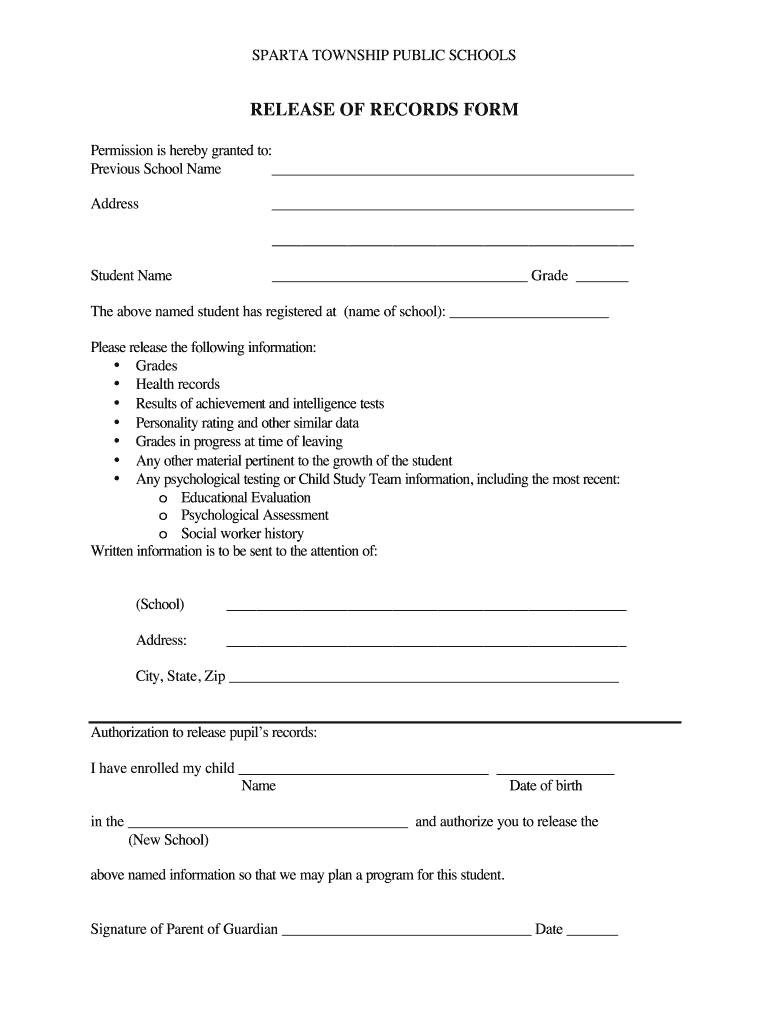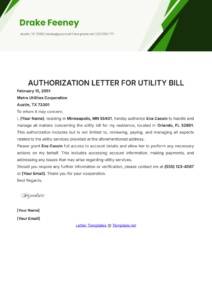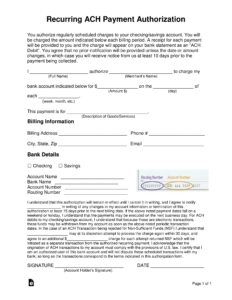Utilizing a pre-built structure offers several advantages. It reduces the likelihood of omissions or ambiguities in requests, leading to faster processing times and improved accuracy in retrieving the desired information. Furthermore, these structured forms can help organizations manage records requests efficiently, ensuring compliance with legal requirements and internal policies. This ultimately promotes transparency and accountability.

This foundational understanding of structured information requests facilitates exploration of related topics such as legal frameworks governing information access, best practices for records management, and the evolving landscape of digital record keeping.
Key Components of a Standardized Information Request Form
Effective retrieval of information relies on clearly structured requests. Several essential components ensure clarity and completeness.
1: Requester Information: Clear identification of the individual or entity making the request, including full name, contact information, and any relevant affiliation.
2: Specific Records Requested: A detailed description of the information sought. Vague or overly broad requests can hinder efficient retrieval. Precision is key.
3: Date Range: Specifying a timeframe for the requested records helps narrow the search and ensures relevant information is provided.
4: Purpose of Request: Explaining the reason for the request can assist the record holder in understanding the context and providing the most appropriate information.
5: Preferred Delivery Method: Indicating the preferred format (e.g., electronic, paper copy) and delivery method (e.g., email, postal mail) streamlines the fulfillment process.
6: Authorization (if applicable): In situations requiring legal authorization or third-party consent, including relevant documentation ensures compliance.
7: Signature and Date: Formalizing the request with a signature and date provides authentication and establishes a clear timeline.
These elements ensure requests are processed efficiently and accurately, facilitating timely access to necessary information while maintaining appropriate record-keeping practices.
How to Create a Standardized Information Request Form
Developing a standardized form for requesting information ensures clarity, efficiency, and compliance. The following steps outline the process of creating such a template.
1: Determine Necessary Information: Analyze the specific information typically required for record requests within the relevant context. This includes requester details, description of requested records, relevant dates, purpose, and preferred delivery method.
2: Select a Format: Choose a suitable format for the template, such as a word processing document, spreadsheet, or online form. Consider accessibility and ease of use for both requesters and recipients.
3: Structure the Template: Organize the template with clear labels and sections for each required piece of information. Logical grouping facilitates accurate completion and efficient processing.
4: Incorporate Clear Instructions: Provide concise, unambiguous instructions for completing each section of the form. This reduces the potential for errors or incomplete requests.
5: Ensure Compliance: Review applicable legal and regulatory requirements to ensure the template adheres to all necessary guidelines regarding data privacy and information access.
6: Test and Refine: Pilot test the template with various users to identify any areas for improvement. Gather feedback and refine the design to optimize clarity and functionality.
7: Implement and Maintain: Distribute the finalized template and establish procedures for its use. Regular review and updates ensure the template remains relevant and effective.
A well-designed form streamlines information retrieval processes, promoting transparency and accountability. Implementing and maintaining a clear, comprehensive template benefits both those seeking information and those responsible for its management.
Standardized forms for requesting information provide a crucial framework for efficient and transparent access to records. Key components such as clear identification of the requester, specific details of the information sought, relevant date ranges, and preferred delivery methods contribute to streamlined processing. A well-designed template ensures compliance with regulations, reduces ambiguity, and facilitates timely retrieval. The process of creating such a form involves careful consideration of necessary information, format selection, structured layout, clear instructions, compliance requirements, and iterative testing.
Effective management of information requests is essential for organizational transparency and accountability. Adopting structured approaches to information access fosters trust and promotes efficient collaboration between information seekers and holders. Continued refinement and adaptation of these processes in the evolving landscape of information management remain crucial for upholding these principles.


